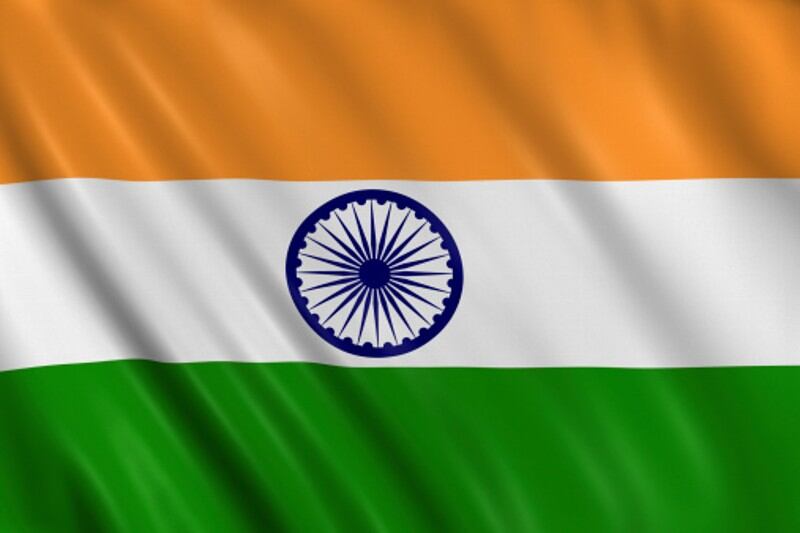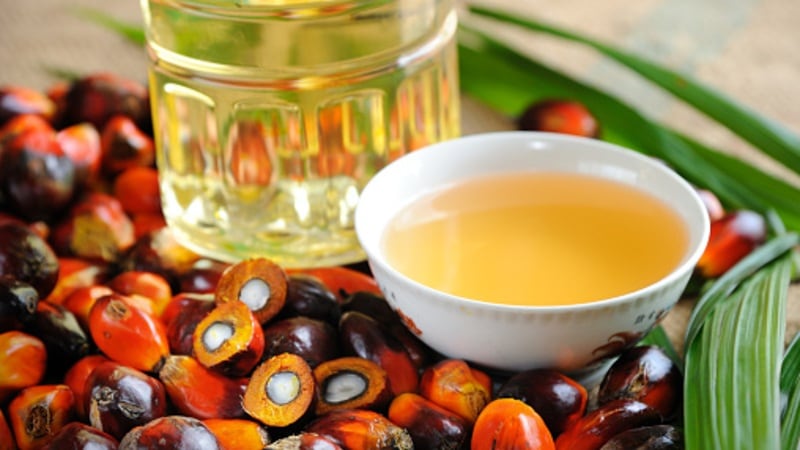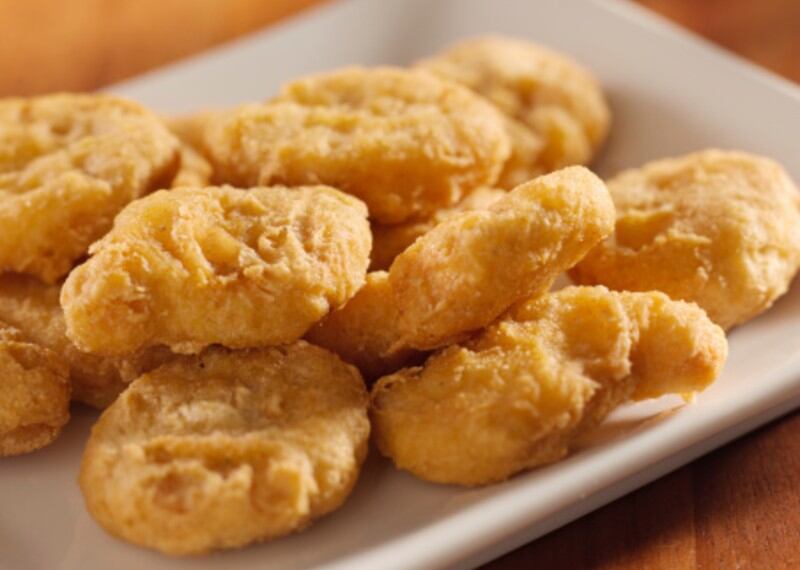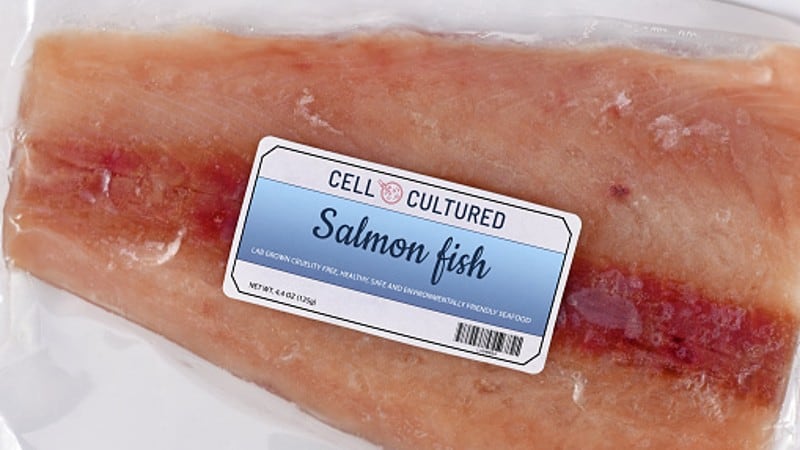Tea defies inflation: Unilever India drops prices due to commodity cost and localisation improvements
Hindustan Unilever Limited (HUL), the company’s India arm, has attributed its move to reduce tea prices to its successful ‘Winning in Many Indias’ business model as well as a rare drop in commodity pricing for tea.
HUL recently announced a 16% year-on-year growth in turnover for Q4FY2022 to hit INR148.7bn (US$1.8bn) from INR128.4bn (US$1.6bn) in the same quarter in FY2021; as well as a 20% growth in profits to INR26.2bn (US$448.5mn) from INR21.9bn (US$266.4mn) the previous year.
In particular, the company’s Food & Refreshment segment experienced what the company deemed a ‘steady performance’ of 4% growth, particularly in the jams and ice-cream segments – but the company showed particular pride in having successfully passed on cost-savings in the tea segment to consumers.
India’s nutrition setback: Stunting improvements stagnate and number of children overweight increases – new data
Improvements in stunting have stagnated while the number of children overweight in India has increased over the last five years, in a reversal of improvements seen in the previous decade-and-a-half, new data reveals.
Between 2006 and 2016, child stunting had been reduced and there was stability in the number of children overweight. However, the data from 2016 and 2021 shows a deteriorating picture.
Findings from the ‘Changes in Child Undernutrition and Overweight in India From 2006 to 2021: An Ecological Analysis of 36 States’ study show that from 2006 to 2021, the prevalence of stunting, underweight, and wasting decreased by 12.3%, 10.3% and 0.7% respectively, while the prevalence of overweight increased by 1.9%.
Keeping kids keen: Growth in India’s children’s snacking market driven by convenience, health and safety
Convenience for parents and guaranteed food safety for children are the primary drivers of growth for the kids’ snacking market in India today, with the category evolving to become an increasingly important dietary occasion in the country.
Globally, the snacking sector benefitted from habits developed during the COVID-19 pandemic and its related lockdowns.
In India, the children’s snacking market in particular has been seeing significant growth, with parents increasingly seeing children-targeted snacks as a convenient yet important part of their diets – with the caveat that no compromise is made on the health, nutrition and food safety aspects.
Inflationary victors: Frozen, canned and bakery products biggest APAC winners amidst economic uncertainty
Frozen foods, canned foods and bakery products have emerged as the most popular food categories amongst APAC consumers amidst rising inflation and food cost increases, driven by common themes of affordability, shelf-life and convenience.
It is no secret that factors such as the COVID-19 pandemic as well as the Ukraine-Russia crisis have contributed to rising inflation all over the world, including in the APAC region.
Analytics firm GlobalData has estimated average overall consumer price inflation in the region at 3.6% in 2022, with India leading the pack at 6%.
Green coffee goals: Nestle says Asian markets are key link to achieving new sustainability plan
F&B multinational Nestle has highlighted major coffee producer markets in Asia as being key links in its newly launched Nescafe Plan 2030, a sustainability strategy with an emphasis on regenerative agriculture.
Nestle lays claim to Nescafe being the world’s most well-known coffee brand, claiming that one out of every seven cups of coffee drunk worldwide coming from the Nescafe brand.
Although the Nescafe business is very substantial in size, 90% of its total supply comes from just seven countries, with two of these being located in the Asia Pacific region.





